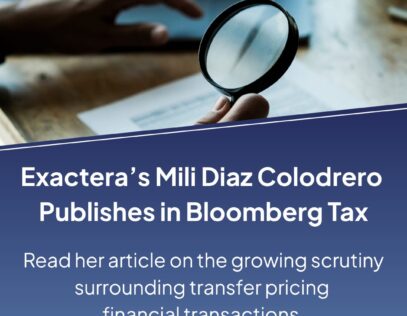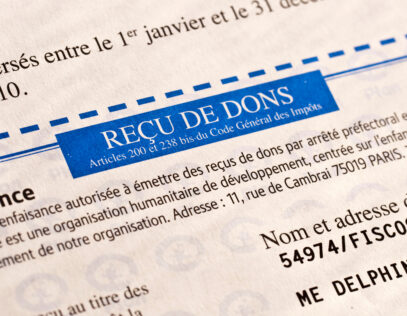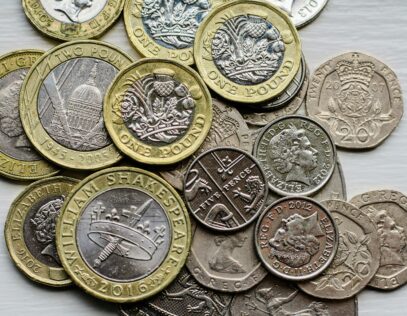Transfer pricing, in a nutshell, is the determination of prices on the exchange of goods or services between related parties. These transfers also are referred to as intercompany transactions.
Prices paid for the purchase and sale of tangible goods are one of the main types of intercompany transactions and are subject to transfer pricing principles.
Most countries require taxpayers to demonstrate that their intercompany transactions are “at arm’s length”–meaning the price charged in a controlled transaction—a transaction between related parties–is the same as that charged between two unrelated parties.
Transfer Pricing Methods
The US transfer pricing regulations and the OECD transfer pricing guidelines specify which transfer pricing methodologies can be used to arrive at the most appropriate method. Transfer pricing methods are a mechanism to determine the arm’s length price.
The OECD recommends using the “most appropriate” transfer pricing method based on the circumstances of the controlled transaction. US transfer pricing regulations follow the “best method” rule, which requires the use of the arm’s length principle.
Traditional transaction methods include the comparable uncontrolled price method, resale price method, and cost-plus method. Transactional profit methods include the profit-split method and transactional net margin method, also known as the comparable profits method in the US. The US regulations also allow for the use of unspecified methods.
Transfer Pricing Methods Explained
Comparable Uncontrolled Price Method (CUP): The comparable uncontrolled price method compares the price for tangible goods transferred in a controlled transaction to the price of those transferred in a comparable uncontrolled transaction.This method is widely considered the most reliable method when you have access to high-quality, comparable uncontrolled transaction data.
A transaction is considered comparable if the difference between the transactions or parties being compared doesn’t have a material effect on price. A transaction is also deemed comparable if adjustments can be made to eliminate the material effect of any differences.
Transactions must be extremely similar to be considered comparable under this method. This method is the most direct, and it’s the one tax authorities around the world tend to prefer.
Resale Price Method (RPM): The resale price method compares the resale gross margin earned by a related party with the resale gross margin earned by comparable uncontrolled distributors.
This is the preferred method for distributors that buy finished goods from an entity in the group and resell them to third parties without altering the goods to add value before resale.
Under the RPM, comparability is less dependent on strict product comparability, and additional emphasis is placed on the similarity of functions performed and risks assumed. The uniqueness of each transaction makes it very difficult to meet the resale price method requirements.
Cost-plus Method (CP): The cost-plus (CP) method compares and identifies the mark-up earned on direct and indirect costs incurred with comparable independent companies. It’s a preferred method for semi-finished goods sold between related parties, contract/toll manufacturing arrangements, and long-term buy/supply arrangements.
The method should be applied in cases involving manufacturing, assembling, or producing tangible goods sold to related parties. Functional comparability is the most important factor in choosing this method.
Profit-split Method (PS): The profit split (PS) method is used in cases involving the transfer of intangibles or where there are multiple international transactions that cannot be evaluated separately. It calculates the combined operating profit resulting from an intercompany transaction based on the relative value of each related party’s contribution to the operating profit.
This method evaluates the allocation of combined profit/loss in controlled integrated transactions. The contribution is determined by functions performed, risk assumed, and resources employed.
There are two types of profit split methods: the comparable profit split method and the residual profit split method.
Comparable Profits Method (CPM)/Transactional Net Margin Method (TNMM): The comparable profits method (CPM) / transactional net margin method (TNNM) compares the net profit margin from comparable uncontrolled transactions or companies with the net profit margin of controlled transactions or companies. Net profit margin is computed with reference to cost, sales, or any other relevant profit level indicator, such as operating assets.
It’s the most commonly used transfer pricing method because it doesn’t require the same comparable uncontrolled prices and gross margin data required by other methods–such as the resale price method or the cost-plus method. The method focuses on finding a broad level of product comparability or a high level of functional comparability.
The CPM/TNMM is applicable for most types of transactions and is often used to supplement a transfer pricing analysis that uses other methods.
Unspecified Methods
Unspecified methods are permitted under US law if the OECD’s recommended methods aren’t appropriate for a particular transaction. Unspecified methods are somewhat of a last resort—to be used only if the traditional transactional and profit-based methods can’t be used.
A method’s reliability will be affected by the data’s reliability and assumptions that were used to apply the method, including any projections that were used.
Best Method Rule / Most Appropriate Method
There are four critical factors to keep in mind when selecting the best method, according to the US transfer pricing regulations, namely, the degree of comparability between the controlled transaction and uncontrolled transaction, the quality and quantity of data, assumptions used in the analysis, and the sensitivity of results to data deficiencies.
The most appropriate method under the OECD guidelines recommends selecting the method based on the circumstances of the transaction.
The taxpayer should look at each method’s respective strengths and weaknesses, the nature of the controlled transaction (determined by performing a functional analysis), and the availability and reliability of information (in particular for uncontrolled comparables).
Transfer pricing methods are one of the most commonly challenged parts of documentation, so choosing the most organic one is critical. Companies should carefully determine the “best method” or the ”most appropriate method.”
Taxpayers can refer to the US transfer pricing regulations and the OECD guidelines for detailed guidance on factors to consider in determining comparability of uncontrolled transactions.
Using a particular transfer pricing method can result in a range of comparable prices. Companies should use discretion when setting prices within the range to achieve cost minimization objectives.
Taxpayers must provide contemporaneous documentation justifying the transfer pricing method selected along with mandatory specified information, according to the respective country regulations.








